Is a Bump Helmet Enough for Urban Tactical Operations?
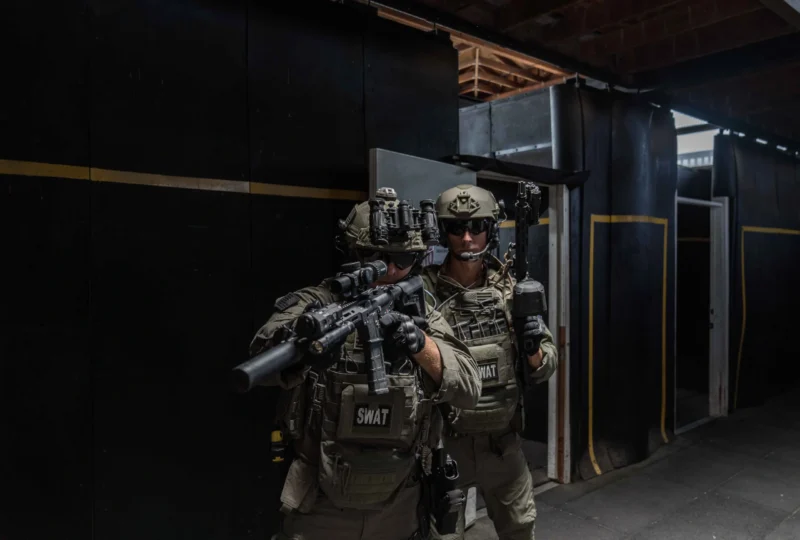
In urban combat operations, where every decision can mean the difference between life and death, equipment selection is crucial. Helmets, being a mainstay of protective gear, are not only a means of protection but a tool that can be utilized to enhance or hinder operational effectiveness. From the many helmets available, bump helmets and ballistic helmets are two prevalent options.
Yet, choosing the right one for urban operations can be a significant challenge. To identify the most suitably qualified helmet, let’s examine the distinctions between bump helmets and ballistic helmets, explore the situations in which each excels, and determine the variables that influence helmet choice in urban tactical environments. Secure Your Headgear with Chase Tactical Operational Ready Bump Helmet!
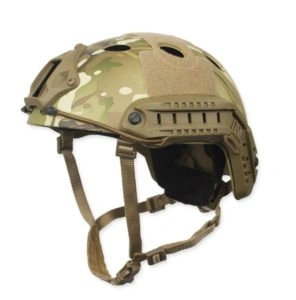
Difference Between Bump Helmet and Ballistic Helmet
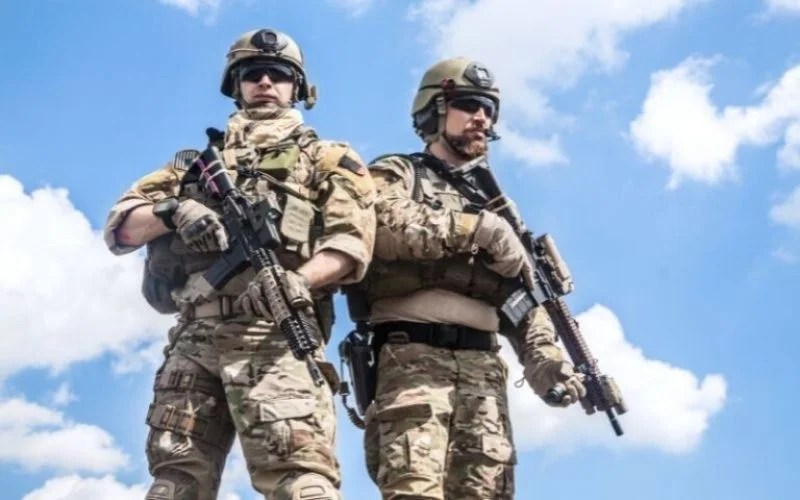
A bump helmet is designed to protect against impact injuries such as bumps, bruises, and scrapes. These helmets are built with lightweight materials, such as polycarbonate or fiberglass, and excel in non-ballistic environments where comfort and prolonged wear are prioritized. They offer minimal protection against bullets or shrapnel and are thus suitable for low-risk tactical missions.
In contrast, a ballistic helmet protects against high-velocity projectiles and shrapnel. Constructed of more advanced materials like Kevlar or UHMWPE, ballistic helmets are considerably heavier but offer greater protection during combat operations. Less comfortable to wear for extended durations, their ability to withstand bullets and explosive fragmentation makes them a requirement in high-risk environments where head protection is essential.
What Are the Proper Conditions to Wear a Bump Helmet in Urban Operations?
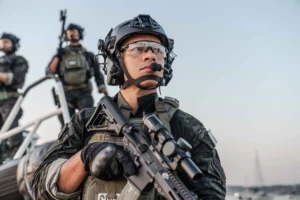
Bump helmets are not suited for all tactical situations, yet in the right environment, they can be highly effective. Understanding when and why to use a bump helmet can help optimize a team’s performance without sacrificing comfort or mobility.
Low-Impact Environments (Training, Reconnaissance, NEOs)
In urban warfare, low-risk situations such as training, reconnaissance, or non-combatant evacuation operations (NEOs) are ideal for bump helmets. These situations typically involve little engagement with direct threats such as gunfire or explosions. The most significant threat is likely to be protection against blunt force trauma or minor head injuries resulting from accidental bumps, falls, or falling debris. In these situations, the need for ballistic protection would be minimal, and the bump helmet would be an effective and comfortable choice.
Close-Quarters Urban Operations
Bump helmets also perform better in close-quarters urban operations where there is reduced danger of long-range threats like snipers or explosive devices. These operations often involve navigating through compact spaces, such as narrow alleys or confined areas within buildings.
Under such circumstances, a ballistic helmet’s bulk and weight can hinder mobility, as it is more difficult to navigate tight spaces with speed. A bump helmet provides the protection the head needs, while also enabling greater comfort and agility for the user.
What Are the Weaknesses of a Bump Helmet for Urban Operations Use?
While bump helmets provide comfort and mobility, they have significant weaknesses when utilized in urban tactical operations. Understanding these weaknesses is crucial to making a fully informed decision on the use of helmets.
Limited Protection against Ballistic Threats
The greatest failing of bump helmets is that they are not able to stop bullets or shrapnel from penetrating. In close-quarters combat, where the firefight is sudden and unexpected, a bump helmet will do nothing to stop projectiles, leaving the wearer extremely vulnerable. If the operation involves hostile fire, wearing a bump helmet alone can be fatal.
Poor Protection from Explosions
Urban combat often involves explosive hazards from grenades, mortar fire, or IEDs. A bump helmet does not provide any protection from these threats, and the wearer is exposed to shrapnel and blast injuries. In this case, a ballistic helmet would provide greater protection from fragmentation and explosive blasts.
Reduced Durability and Resistance
Compared to ballistic helmets, bump helmets are constructed from lighter, less durable materials. As a result, they offer less protection against environmental elements such as intense heat, humidity, or scratches. In urban operations where wear and tear on equipment is high, a bump helmet will break down more quickly than a ballistic helmet, rendering it less effective over time.
When to Wear a Ballistic Helmet Instead of a Bump Helmet for Urban Operations?
Although bump helmets can serve in some low-risk tactical environments, there are several situations in urban operations where a ballistic helmet is required to ensure the wearer’s safety. In any situation involving high-risk combat, enemy contact, or significant ballistic threats, a Chase tactical ballistic helmet is the clear choice.
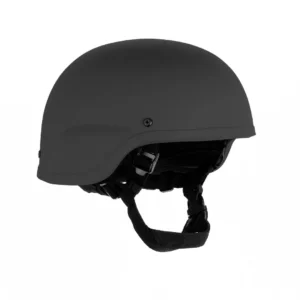
Level Up Your Protection – Get the Striker ACH Ballistic Helmet Now!
1. High-Risk Combat Zones
In urban warfare, the zones of contact often involve close-quarters combat, where the risks of gunfire, explosions, and shrapnel are prevalent. A ballistic helmet provides the necessary protection in hazardous zones, defending against both fragmentation and bullet strikes. During building entry or room clearing, a ballistic helmet ensures that the wearer is protected from immediate harm.
2. Protection Against Sniper Fire
Urban combat may also encompass sniper threats, especially where rooftops, buildings, and elevated ground provide an enemy with a clear shot. In this case, a ballistic helmet will be designed to withstand high-velocity rounds, providing life-saving head and neck protection for its user.
What to Consider When Choosing a Helmet for Tactical Operations?
Choosing the right helmet for urban tactical operations is not as easy as deciding between bump and combat helmets. Several considerations are involved in this decision, and each can impact the helmet’s performance and comfort during an operation.
1. Threat Level
The first factor is the mission threat level. If the mission is high-risk combat with hostile fire and explosions, a bump helmet would not be sufficient. However, if the mission is low-risk or non-combatant, a bump helmet may suffice for limited head protection.
2. Weight and Comfort
The weight of the helmet plays a large part in operational efficiency. During long-duration operations, a heavier helmet will cause strain, fatigue, and discomfort in the neck. Bump helmets are lighter and more comfortable to wear for extended periods, while ballistic helmets, due to their heavier weight, provide enhanced protection.
3. Environmental Conditions and Durability
When selecting a helmet for tactical operations, the helmet’s durability is also crucial. Urban environments can expose equipment to harsh conditions, including temperature fluctuations, humidity, and rough handling. The material and build quality of the helmet should be such that it withstands these conditions without degrading too soon.
4. Modularity and Accessories
A good helmet should also possess modularity to allow the mounting of accessories such as night vision goggles (NVGs), communication headsets, and flashlights. Tactical helmets often feature mounting systems or rails that will enable operators to attach gear according to the mission’s requirements.
5. Budget
Budget is always an issue, but not at the cost of safety. Ballistic helmets are more expensive than bump helmets, but they offer better protection, which is invaluable in high-risk urban operations. Investing in quality protection is always a good investment.
Conclusion
Ultimately, the choice between a bump helmet and a ballistic helmet in urban tactical operations depends on the specific nature of the operation. As great as bump helmets are for low-risk operations and enhancing mobility, they fall short when risks are great and ballistic threats are probable. The level of protection afforded by ballistic helmets cannot be overstated, especially in combat zones where head protection could spell the difference between life and death.
Frequently Asked Questions
Can a bump helmet stop a bullet?
No, bump helmets are not designed to stop bullets. They are designed for impact protection, offering protection against blunt force trauma but not ballistic threats.
Is a ballistic helmet heavier than a bump helmet?
Yes, ballistic helmets are heavier since they are constructed of Kevlar or UHMWPE materials that defeat bullets and shrapnel. Bump helmets are lighter and easier to wear for extended periods.
Can a ballistic helmet be used in non-combat situations?
Yes, a ballistic helmet can be worn in non-combat situations. Still, it will be over-engineered for the environment, resulting in a heavier and less comfortable design than a bump helmet.
What is the main advantage of a bump helmet?
The main advantage of a bump helmet is that it is lightweight and comfortable, making it a good choice for non-combat operations or where ballistic threats are unlikely to occur.
